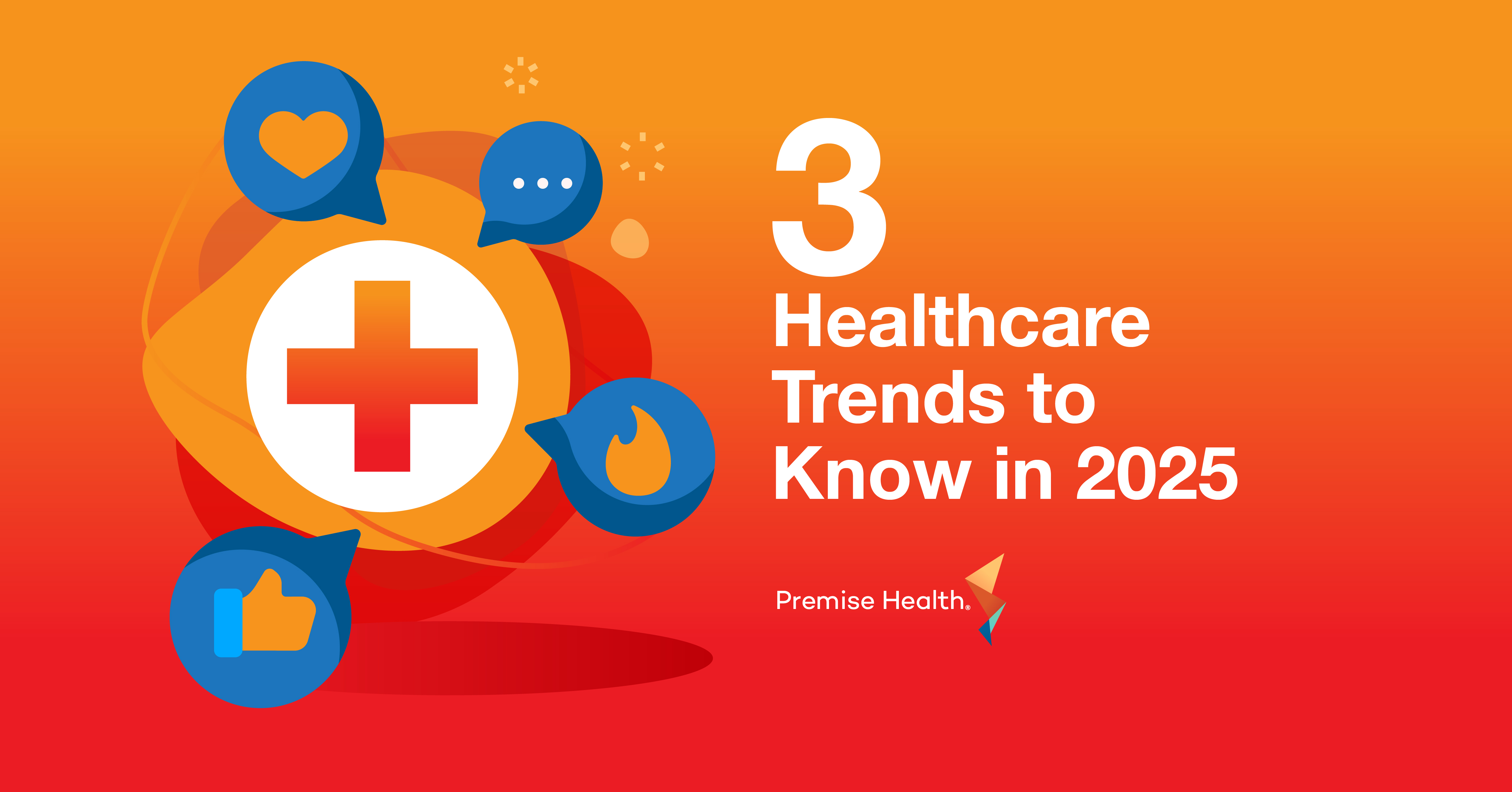Healthcare ROI: Understanding Return on Investment in Direct Healthcare
Return on investment, also referred to as “ROI” for short, is a core concept in determining the performance and value of vendor partnerships, benefits strategies, and more. In this blog, we’ll help HR leaders like you get a solid foundation of what ROI encompasses, some issues you may find with it in the broader healthcare industry, and what insights it can tell you.
What is ROI and how do you calculate it?
To put it in the simplest terms, ROI shows how much value you get back for each dollar spent on something. In finance, ROI can be as basic as dollars out versus dollars in, but in healthcare, ROI can also be medical costs avoided, reduced absenteeism, improved health outcomes or access to care, increased engagement, or positive experiences. Defining what your organization values is the first step to calculating ROI.
Once you define what matters, it’s time to put it into numbers. There are a few ways you can calculate ROI. Consider the calculation of total value divided by total cost. If the result is one or more, then you are getting your money’s worth or better in value. If the result is less than one, then you’re investing more money than you are receiving back in value.
The problem with ROI in direct healthcare
While there is not a single calculation used broadly across the healthcare industry, there are a few common habits. First, it is common to see more complex ROI calculations in the industry, making both the process and result more complicated to understand. These complexities often muddy the waters and make it more difficult to get a true evaluation of your spending and efforts.
Needlessly complex calculations can also make it hard to see what value elements should be included and which shouldn’t. This can lead to an inflated or suppressed ROI number, and inaccurate ROI results can have costly consequences. They can lead you to double down on a bad investment and miss opportunities to refine, repair, or evolve your benefits strategy and healthcare offerings. A best practice is to make sure your healthcare partner(s) are transparent about how they calculate ROI and try to stick to an approach that is independently verified and accurately reflects the reality of your population’s health and spend.
A better way to measure the ROI of your organization’s healthcare spend
So, what makes healthcare ROI calculations useful? What does it do for an organization? ROI can be used in three ways:
Measure Effectiveness
First, it can show you clearly and definitively how effective your healthcare or benefits solutions are for your population. By removing hunches, bias, and guessing from the evaluation you will know for sure if the solution you’ve implemented is doing what it should, if you can grow it with increased investment, or if there are issues that need to be fixed.
Measure Goal Progress
Second, it can confirm if your goals are being achieved. With premiums increasing exponentially year-over-year, employers are looking for ways to control rising healthcare costs. Reviewing ROI can help you understand what impact a healthcare vendor is having on your people’s health and their overall healthcare costs.
Uncover Gaps
Third, if ROI goals are being met or if they are falling short, this can give you guidance on the best course of action. A great ROI evaluation may lead you to begin more robust engagement campaigns to connect your employees and their families with their primary care provider. Or you may find previously unseen healthcare gaps or needs within your population that you can begin to address. ROI shows both where you’ve been and where you can go.
Why you need to incorporate claims data
Organizations can get a clearer picture of their ROI by incorporating claims data. Claims data improves the accuracy of the calculation and increases the depth of information available, taking already informative ROI reporting and enhancing it with your population’s medical and pharmacy cost history. It is the best way to see how your healthcare partner is performing and how much their services are costing you.
ROI in healthcare doesn’t need to be confusing or intimidating. Gaining basic knowledge of what it is and how it works will allow you to learn from the past, inform how to plan for the future, and equip you with a strong foundation on the topic.
At Premise Health, our methodology for calculating ROI and measuring total cost of care savings is independently validated by Milliman, a leading third-party actuarial and consulting firm. We believe the use of an appropriate methodology is important to remaining transparent with our clients. As a result, claims-based analytics is an essential component of our advanced primary care model and a core element of our Care Management product.
To learn more about ROI and how Premise can help you meet your organizational goals, contact us or read the full Milliman report here.
Next on industry insights.

How to Futureproof Your Healthcare Benefits
Read the Blog
Why Partnering with an AAAHC Accredited Organization is a Win for Your Workforce
Read the Blog